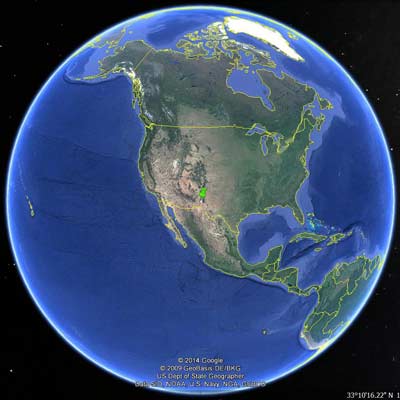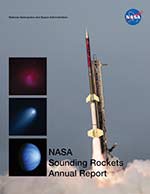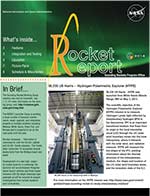
36.319 NS WINEBARGER/NASA-MSFC
Marshall Grazing Incidence X-ray Spectrometer (MaGIXS)
- Mission
- Vehicle
- Launch
- Photos
The Marshall Grazing Incidence X-ray Spectrometer (MaGIXS) is a NASA sounding rocket instrument that is designed to observe soft X-ray emissions from 24 - 6.0Å (0.5 - 2.0 keV energies) in the solar atmosphere. For the first time, high-temperature, low-emission plasma will be observed directly with 5 arcsecond spatial resolution and 22 mÅ spectral resolution.
High temperature plasma, 106 to 107 K range, in the solar corona produces strong emission in the soft X-ray spectrum. Knowledge of the heating mechanisms in this region of the solar atmosphere is limited, partly because detailed observations and measurements of the temperature distribution of the plasma are not readily available. MaGIXS is designed to probe the high-temperature coronal plasma and provide insight to the nature of coronal heating.
The Principal Investigator was Dr. Winebarger/NASA Marshall Space Flight Center.
For more information on this mission, see: https://www.nasa.gov/marshall/news/releases/2021/nasa-launches-x-ray-spectrometer-mission-to-probe-mysteries-of-solar-corona.html

The MaGIXS mission was launched from White Sands Missile Range, NM on July 30. 2021.


